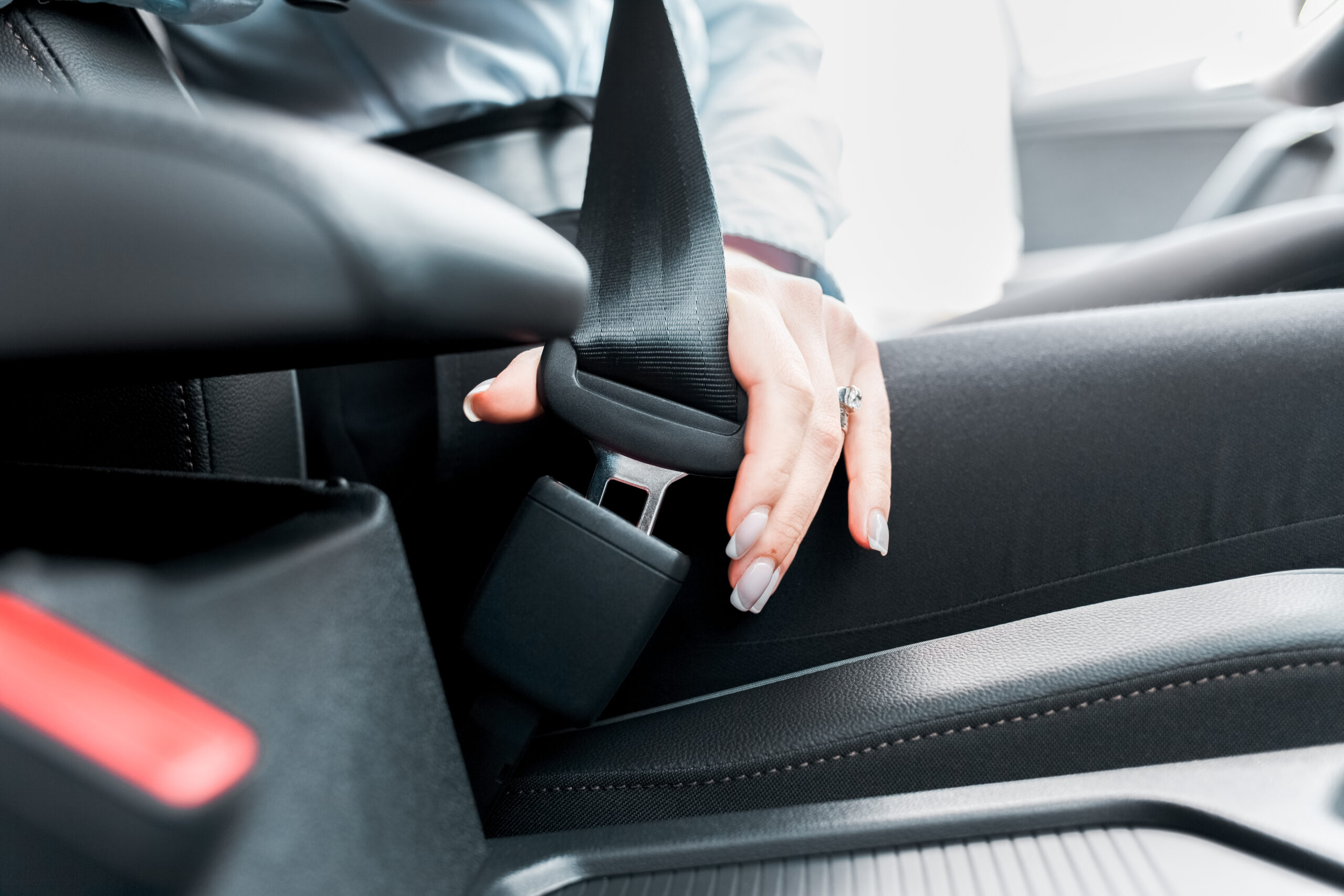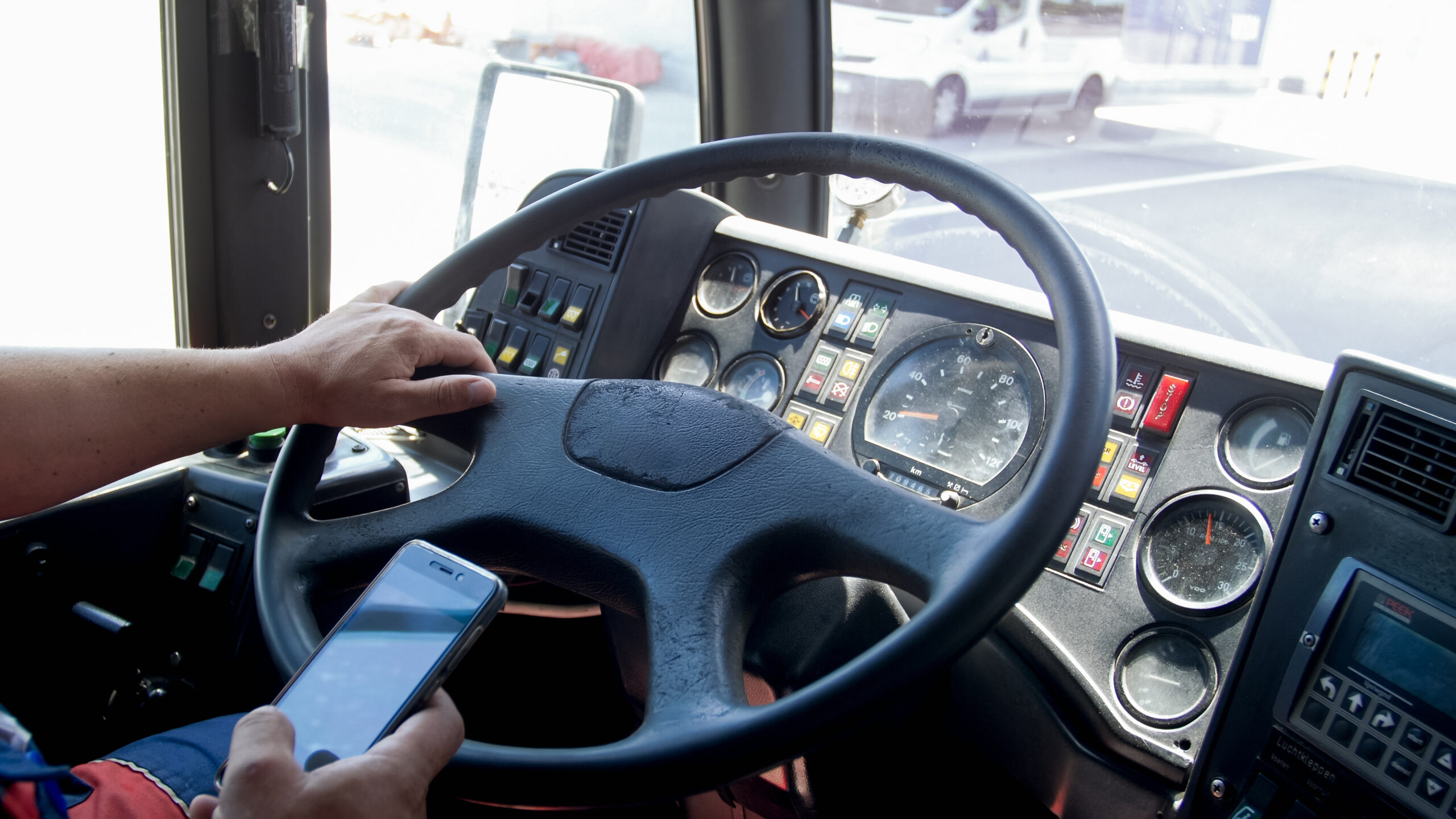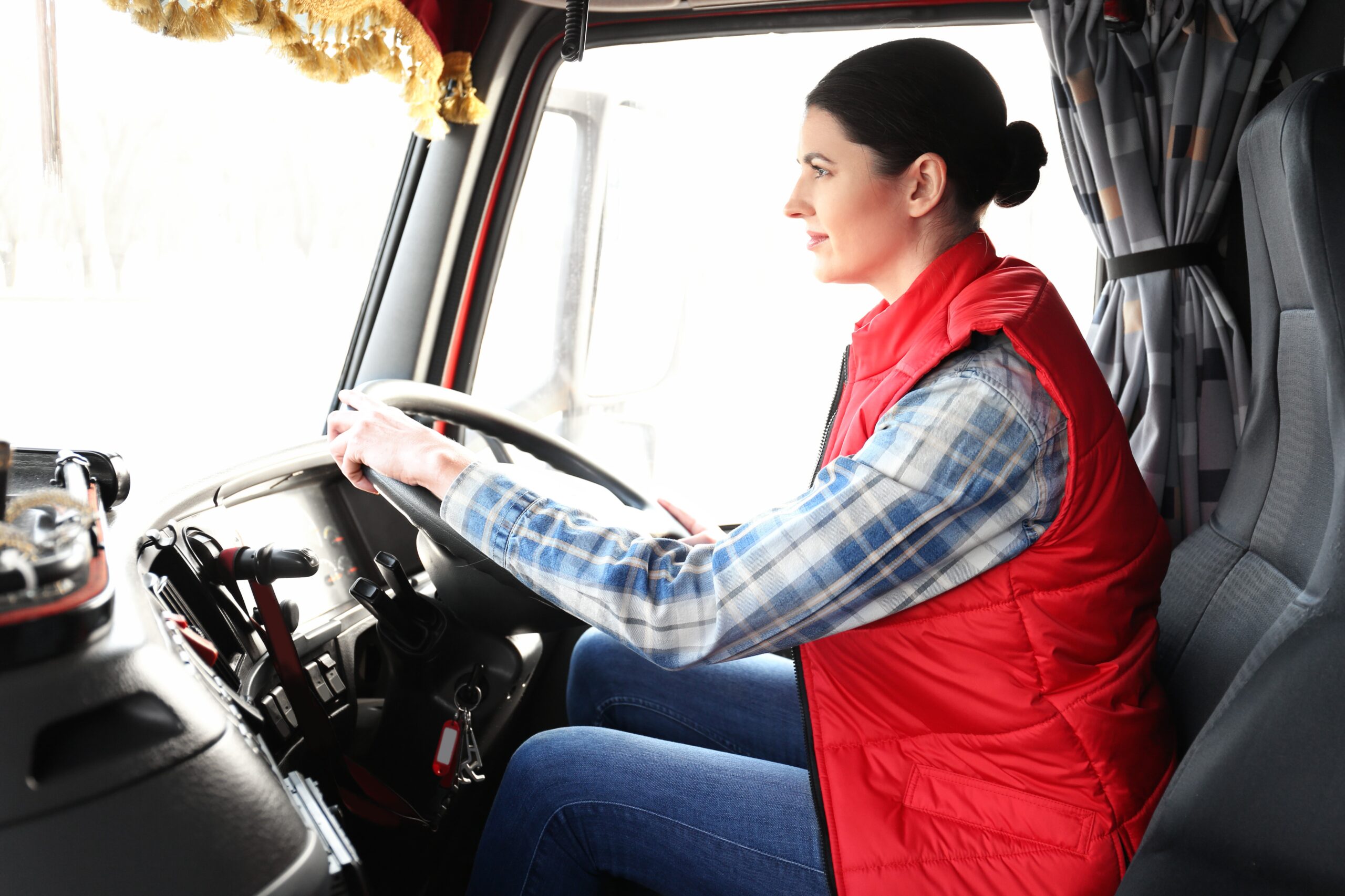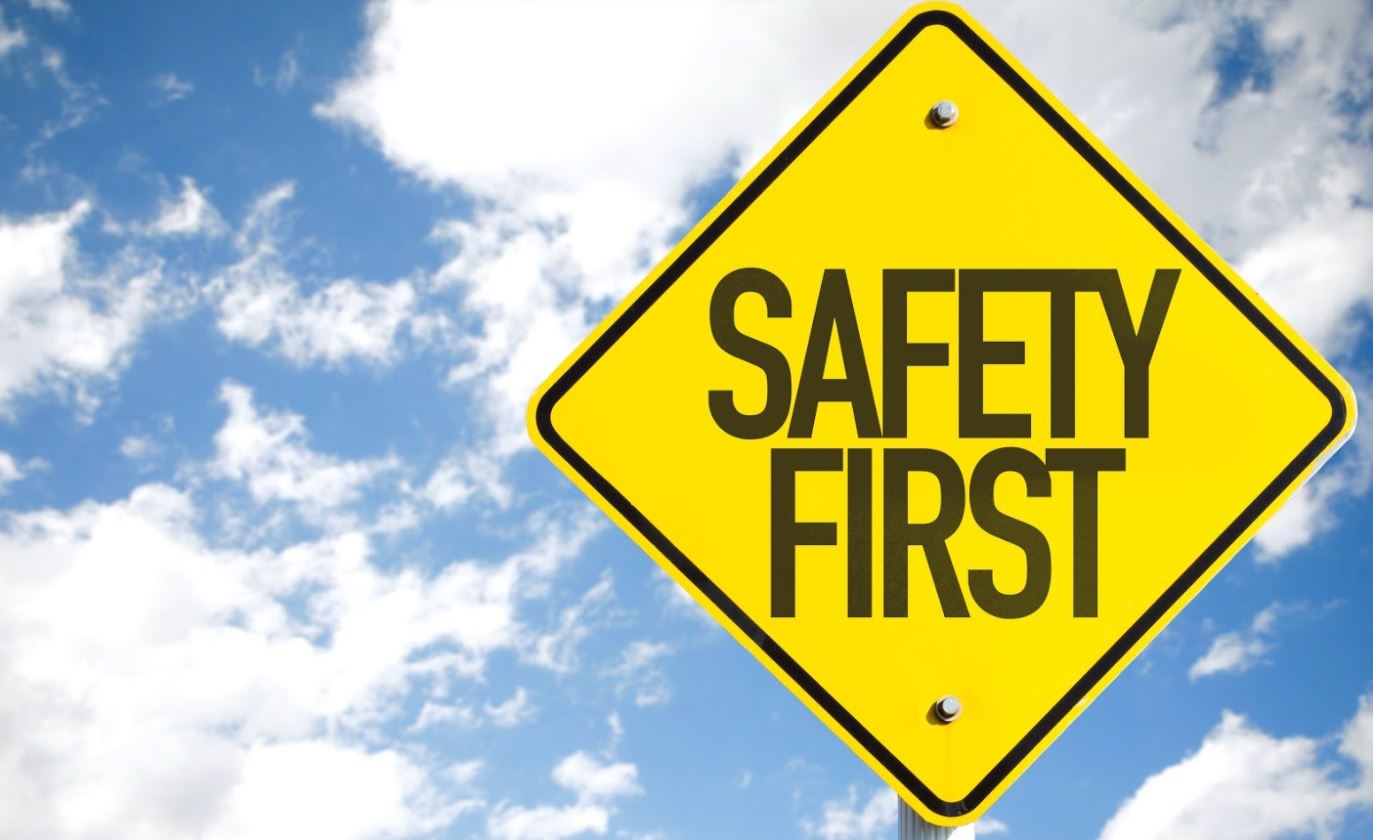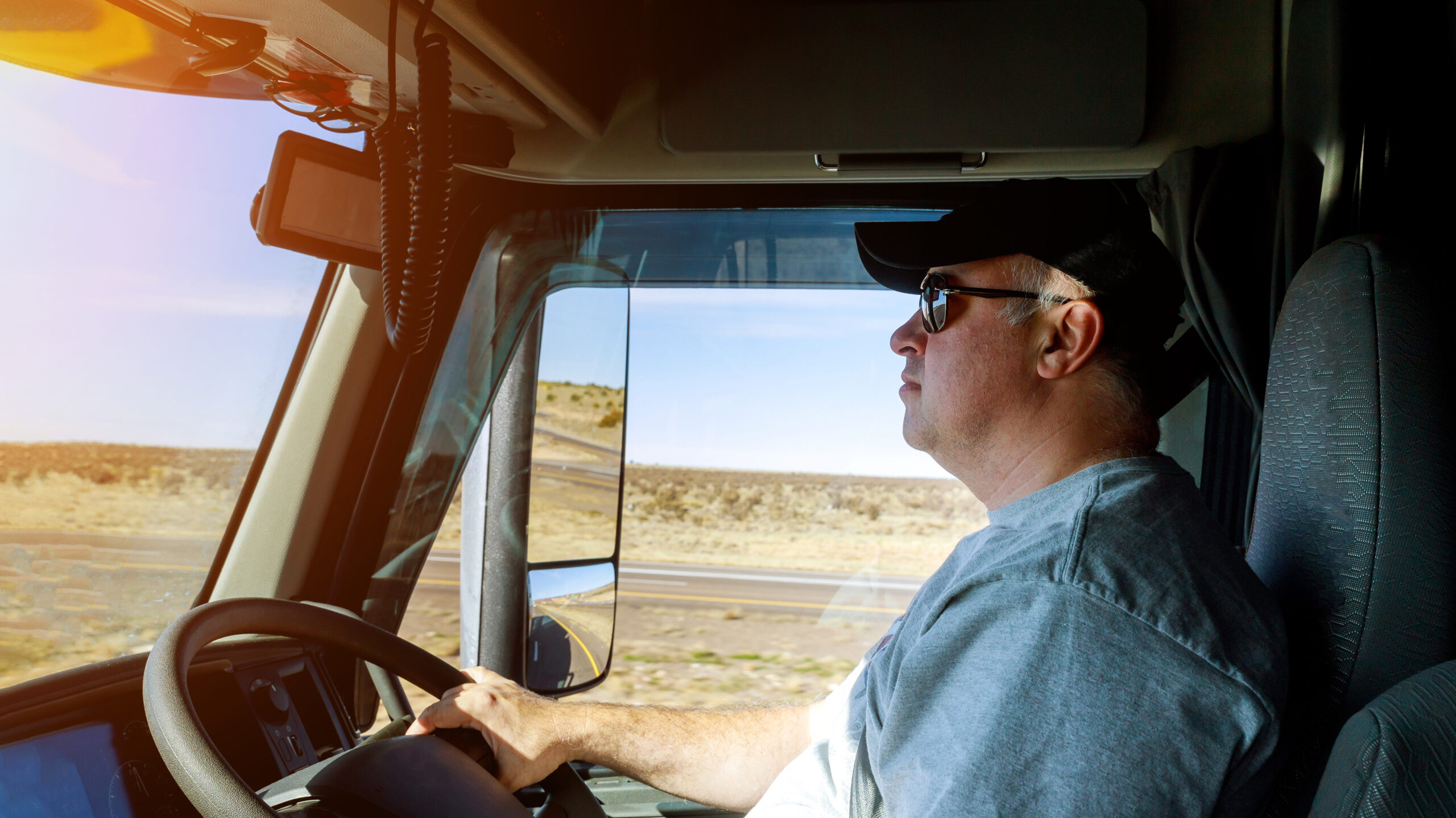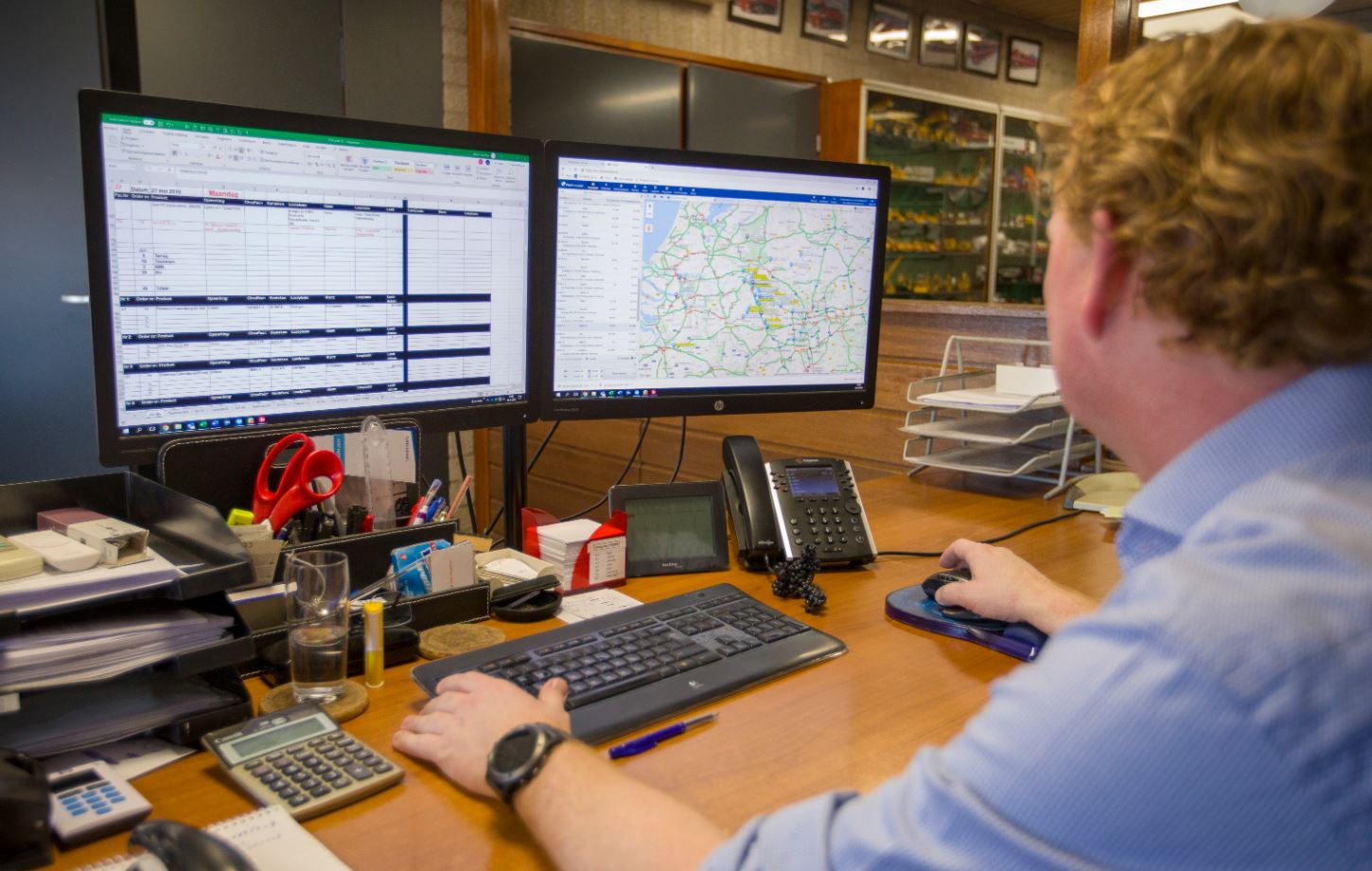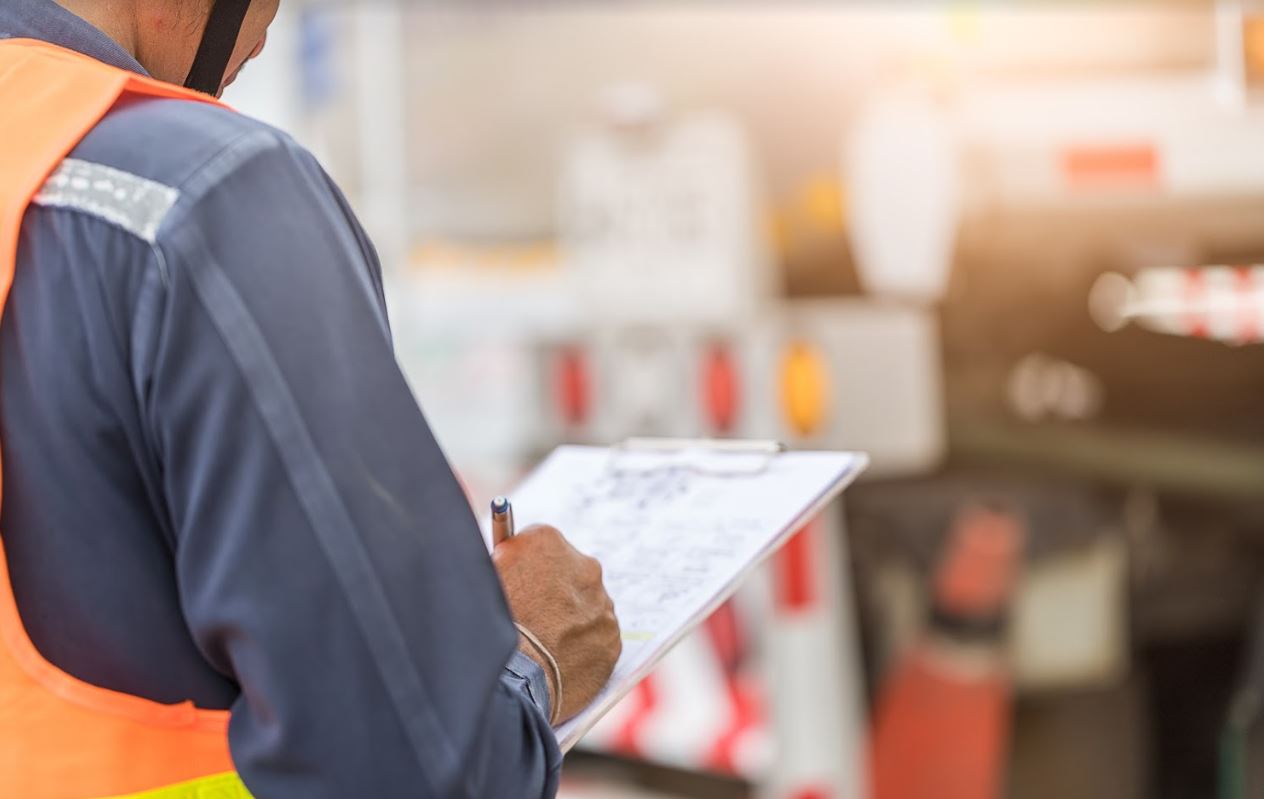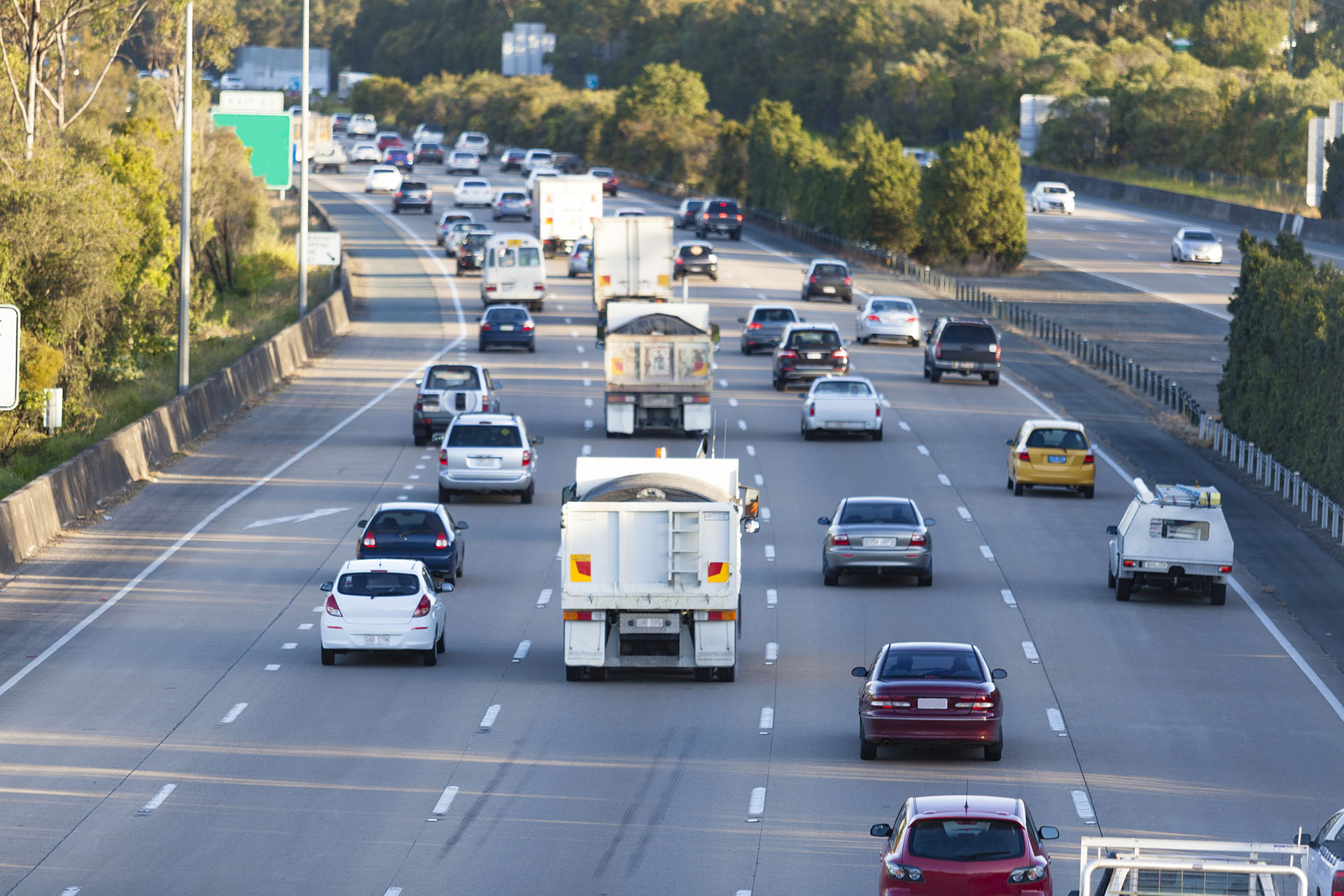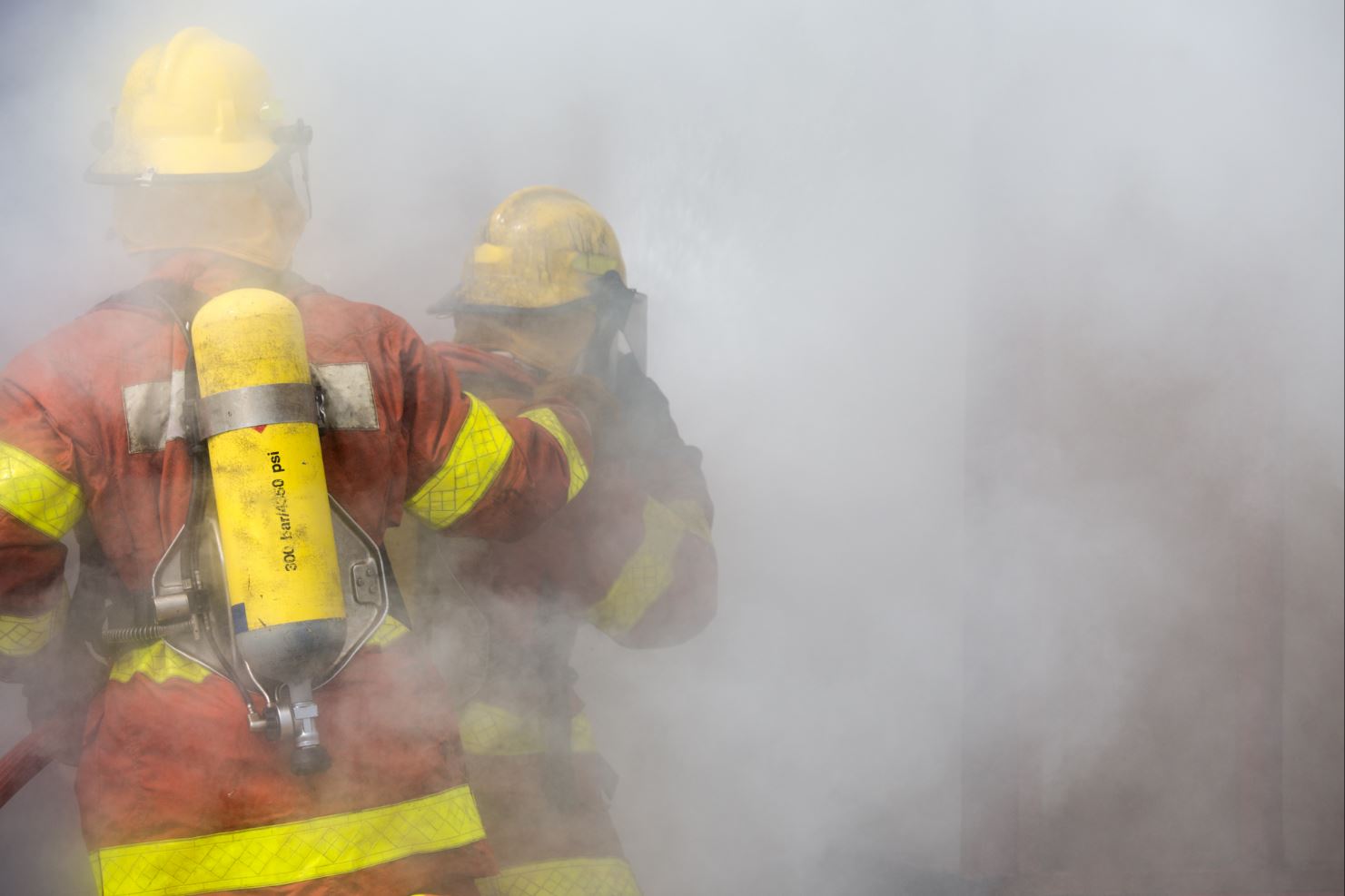October was National Safe Work Month.
Of course, as a business owner or manager, you already knew that a culture of health and safety in the workplace isn’t just good for your reputation and your bottom line – it’s also your legal obligation.
Federal and State laws make it all too clear: workers have a right to be and to feel safe when carrying out their work – regardless of the industry they operate in. But if said work involves the use of vehicles, then there’s even more reason to take your workers’ safety seriously. That’s because, despite Australia’s decline in trucking accidents, vehicle crashes still make up nearly half of all work-related deaths in this country.
 Vehicle use in road traffic is the most significant contributor to work-related traumatic injury in Australia. (Source)
Vehicle use in road traffic is the most significant contributor to work-related traumatic injury in Australia. (Source)
With this in mind, let’s shed a light on some of the key concepts and provisions under the Work Health and Safety Act – and what these mean specifically for businesses with vehicles.
What is the Work Health and Safety Act?
In 2011, Safe Work Australia (the national body responsible for workers’ health and safety policy) developed a set of laws to protect the health, safety, and welfare of workers – as well as customers, visitors, suppliers, and other people who might be affected – in a place of work.
The ensuing Work Health and Safety (WHS) Act – called Occupational Health and Safety (OH&S) or Occupational Safety and Health (OSH) Act in Victoria and Western Australia respectively – lays down the requirements and standards for removing or minimising risks, as well as responding to emergencies in the workplace. It also assigns duties and outlines who is responsible to do what, with a view to:
- creating a healthy and safe working environment for all
- addressing work health and safety issues timely and fairly
- promoting safety advice, information, education, and training
- designing and enforcing effective safety compliance processes.
Key Concepts and Provisions to Watch Out for
1. Vehicle as a Workplace
Quite simply, this means that when a vehicle is used for work purposes – whether on a site or in road traffic – it becomes a workplace. As a result, driver-related risks must be managed in accordance with WHS regulations, in addition to road traffic and other industry-specific regulations.
This responsibility applies to all vehicles used in the course of work – including remote or isolated fleets – whether owned, leased or hired by an organisation, a worker, or a third party. This means that outsourcing vehicle operations to contractors or employees does not relieve businesses of the legal duty to provide a safe workplace, just like they would with an office space.

Week 4 of National Safe Work Month was themed: Be safe inside and out. Whether it’s an office, a vehicle, or outside – all workplaces have health and safety hazards that must be managed. (Source)
2. Duty of Care
The WHS Act assigns different roles and duties to each of the parties involved in ensuring compliance and meeting work health and safety regulations.
- The primary duty of care is placed on the business owner or employer – referred to in the Act as a person conducting a business or undertaking (PCBU). The PCBU must take all reasonable action to eliminate any risks to the health and safety of workers. For businesses with vehicles, this includes ensuring vehicles and machinery are well-maintained and safe to operate, providing adequate driver training, having a clear risk management and emergency response system, and more.
Workers include volunteers, contractors, contractors’ workers, apprentices, or work-experience students. PCBUs also have a duty of care to protect the general public from any risk associated with the work.
- The officers’ duty of care requires managers and directors to ensure their employer complies with the above duties and obligations and has put the appropriate systems and processes in place for complying with work health and safety laws at a company-wide level.
- While at work, workers’ duty of care is to take all reasonable steps to protect their own health and safety, as well as the health and safety of those who may be affected by their actions or omissions. For instance, drivers must drive safely, wear their seat belts, take mandatory rest breaks, and so on. They must also cooperate with the PCBU in complying with WHS regulations by following any reasonable instruction, policy, or procedure around safety.
- Finally, anyone involved in designing, manufacturing, importing, supplying, and servicing vehicles and other equipment also have a duty: so far as is reasonably practicable, they must ensure that these are without risks to the health and safety of people who use them for work.
3. Chain of Responsibility
A similar legal concept to the duty of care, the Chain of Responsibility (CoR) applies to you if you are operating heavy vehicles over 4.5 tonnes and assigns additional obligations for ensuring workplace health and safety.
A key part of the Heavy Vehicle National Law (HVNL), Chain of Responsibility (CoR) laws make it clear that everyone in the supply chain shares responsibility for preventing breaches of the HVNL – including all parties who can influence any transport task.
In other words, if a driver or operator violates safety regulations, more parties may be held liable to the extent that their actions or inactions contributed to the offence. These may include an employer or contractor, a scheduler, a loader/unloader or loading manager, as well as the consignor or consignee of goods.
Similarly, one person may be liable in more than one ways, if acting in more than one roles – a driver who is also the consignor and the business owner, for example.
Here are just some of the instances where CoR is applicable:
- When any one party imposes tight deadlines, causing or encouraging a driver to exceed speed limits or skip breaks.
- When any one party’s business practices cause or encourage a driver to breach mass, dimension, or loading requirements.
- When a consignor or consignee makes unrealistic arrangements, causing or encouraging a driver to exceed driving hours or drive while tired.
The Role of Telematics in Establishing a Culture of Safety
It’s a tough job, but there’s no way around it. Avoiding fines and prosecution is only half of the story; creating and supporting a culture of safety will ultimately benefit your business, your drivers, and your customers.
So, start from the top. Investing in the right tools and processes will speak volumes about your commitment to workplace safety and will facilitate buy-in from everyone involved.
This is where telematics and GPS fleet tracking software come in: it does all the heavy lifting for you by collecting and analysing valuable data about your fleet’s activities. Use it to assess and improve your safety performance, overcome fleet safety obstacles, identify and address unsafe behaviours, and ensure your fleet checks all compliance boxes.
(Click on infographic to enlarge)
Running an efficient and WHS-compliant fleet can be a daunting task – but it doesn’t have to be. Embracing GPS vehicle tracking technology gives you access to real-time analytics and insights that make everyone’s lives easier and help drive better policies for the benefit of both your drivers and your company’s success.
To learn how our fleet management system can help you meet WHS regulations, all while increasing productivity and lowering your costs, request a Fleet Complete demo today.
Further work health and safety resources:
Vehicles as a Workplace Health & Safety National Guide
Legislation, standards and initiatives in the Transport Industry
Heavy Vehicle National Law and Regulations
How to determine what is reasonably practicable to meet a health and safety duty























